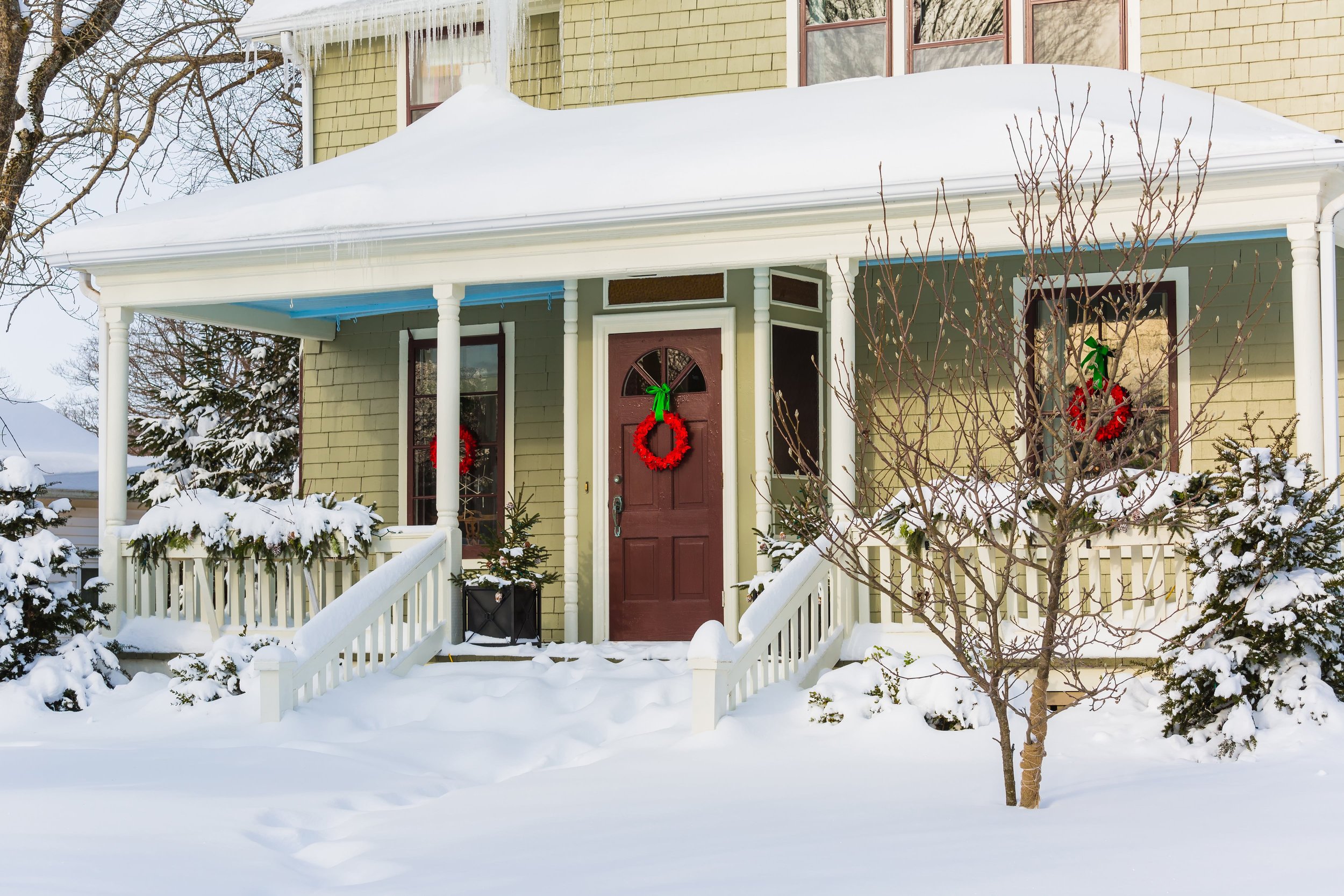The Cold Winter HVAC Checklist
Estimated Reading Time: 3 minutes
The cold climate is here in Southwestern Ontario. With multi-day temperatures -10°C and below, and frosty nights reaching -20°C and below it is important that your furnace is working properly in order to heat the home under extreme conditions.
Cold Weather Checklist
HVAC tips usually remain the same - they involve regular changing of the furnace filter and air filters so the forced air system does not have to work harder than normal to provide results, and can slightly vary depending on the type of heating system or HVAC unit but all have one purpose in mind; to provide warm air to the home.
Professional HVAC inspection and servicing - There is no shortcut when it comes to proper service, and preventative maintenance and/or tune-ups can be very helpful when it comes to extremely cold temperatures. HVAC technicians can also cover your air conditioning system so it is protected and winter-ready for the season.
Is your HRV or ERV functioning? - Heat Recovery Ventilators will allow fresh air inside the home while still maintaining indoor climate temperature.
How are your Ducts? - The ducts carry the air from the furnace or air conditioner throughout the building. They should be inspected for air leaks, dents, holes, and for dust and dirt that can restrict airflow throughout the HVAC system.
Don’t forget about the hot water heater! - Cold showers can have amazing benefits, but in the middle of a cold winter, we might not be so excited to take one. A properly functioning hot water heater is essential year-round.
Make sure your Carbon Monoxide Detector has not expired - Winter months mean windows are usually closed. A carbon monoxide leak is possible at anytime, and is deadly whether or not the windows are opened or closed. It is always important to make sure you have a few functioning carbon monoxide detectors.
How do I save money on heat during the winter?
Besides owning a new and high-efficiency furnace, the best method that is purely HVAC-related is to use a programmable or smart thermostat. Why? Because having your thermostat set to a normal setting when you aren’t home just doesn’t make sense, but that doesn’t mean you should lower it too much either!
It is important for the home to maintain a regular temperature, and setting the thermostat a couple of degrees lower when you aren’t home can go a long way. A study by smart thermostat brand Nest suggests that their customers averaged about 8%-10% more in energy efficiency and energy costs, while still maintaining a constant temperature.
Consider A Humidifier - Believe it or not; a whole-home humidifier can help you save on energy too. Properly humidified indoor air (especially in dry winter climate) feels warmer. And when the air feels warmer, don’t have to set the thermostat as high!
Dress Warm Indoors - This might be an obvious statement, but dressing warm while indoors allows you to keep the thermostat lower than you normally would, which also results in energy savings.
Other Important Considerations - Check for cold areas and air leaks; this includes windows, insulation issues, and other points cold air could be drafting inside the home.
Don’t forget about safety
When it comes to winter heating safety tips, check out this article which goes over other factors you should consider.
Save yourself time; let a pro help you
If the above tips sounded too time-consuming, deal with an HVAC home comfort specialist like Platinum Air Care. With a proper service call, we can inspect, tune up your HVAC system, and adjust the thermostat based on your lifestyle and needs.

